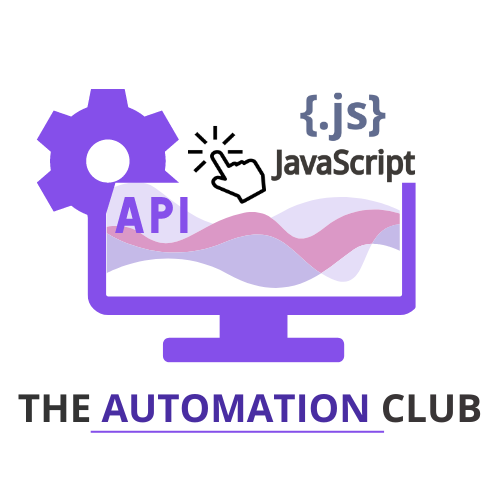Understanding Robotic Process Automation
Defining RPA
Robotic Process Automation (RPA) is an innovative technology that employs software bots to automate repetitive tasks typically carried out by human workers. By simulating human interactions with digital systems, this approach enhances operational efficiency and allows organizations to focus on more strategic initiatives.
Key Features of Automation Technology
- Task Automation: This technology excels at managing high-volume, repetitive activities, enabling employees to dedicate their time to more complex and value-added tasks.
- Seamless Integration: RPA integrates smoothly with existing software applications, eliminating the need for extensive modifications to current systems.
- Improved Accuracy: By minimizing human involvement, automation reduces the risk of errors in data entry and processing, leading to higher quality outcomes.
- Scalability: Automation solutions can be easily scaled to adapt to changing business needs, providing organizations with the flexibility to grow.
Practical Applications in Business
| Business Function | Use Case | Benefits |
|---|---|---|
| Finance | Automating invoice processing and reconciliation | Faster processing times and reduced errors |
| Human Resources | Streamlining employee onboarding and payroll management | Enhanced workflow efficiency and improved employee experience |
| Customer Support | Automated handling of customer inquiries | Increased response speed and customer satisfaction |
| IT Operations | Automating software updates and system monitoring | Reduced downtime and improved system reliability |
Emerging Trends in Automation
As of 2023, the landscape of automation technology is rapidly evolving. The capabilities of RPA are expanding to include more complex tasks and the ability to analyze unstructured data. This advancement is expected to drive further adoption across various sectors, enabling organizations to leverage automation for enhanced efficiency and innovation.
Conclusion
The implementation of robotic process automation is revolutionizing business operations by automating mundane tasks, allowing employees to concentrate on higher-value work. As this technology continues to develop, its potential applications will expand, offering organizations new avenues for efficiency and productivity.
Benefits of Implementing RPA
Organizations that adopt robotic process automation can experience a range of benefits that contribute to overall efficiency and productivity. Below are some of the key advantages:
| Benefit | Description |
|---|---|
| Cost Reduction | By automating repetitive tasks, companies can significantly reduce labor costs and minimize errors that lead to financial losses. |
| Increased Productivity | Automation allows employees to focus on higher-value tasks, leading to improved overall productivity and job satisfaction. |
| Enhanced Compliance | RPA ensures that processes are executed consistently and in accordance with regulatory requirements, reducing compliance risks. |
| Faster Processing Times | Automated processes can operate 24/7, leading to quicker turnaround times for tasks such as data entry and report generation. |
Challenges of RPA Implementation
While the benefits of RPA are significant, organizations may also face challenges during implementation. Understanding these challenges can help in planning and execution:
| Challenge | Description |
|---|---|
| Change Management | Employees may resist changes to their workflows, necessitating effective change management strategies to ensure smooth adoption. |
| Initial Costs | While RPA can lead to long-term savings, the initial investment in software and training can be substantial. |
| Integration Issues | Integrating RPA with existing systems can be complex, requiring careful planning and technical expertise. |
| Maintenance and Support | Ongoing maintenance and support are necessary to ensure that automated processes continue to function effectively. |
Key Considerations for RPA Adoption
Before implementing robotic process automation, organizations should consider the following factors:
- Identify Suitable Processes: Evaluate which processes are repetitive, rule-based, and high-volume to determine the best candidates for automation.
- Assess ROI: Conduct a cost-benefit analysis to understand the potential return on investment from automation initiatives.
- Engage Stakeholders: Involve key stakeholders from various departments to ensure buy-in and address concerns early in the process.
- Choose the Right Tools: Select RPA tools that align with organizational needs and can integrate seamlessly with existing systems.
Future of RPA
The future of robotic process automation looks promising, with advancements in artificial intelligence and machine learning expected to enhance its capabilities. As RPA evolves, organizations will be able to automate more complex tasks, analyze large datasets, and improve decision-making processes.
Conclusion
Robotic process automation is a powerful tool that can transform business operations by automating mundane tasks and allowing employees to focus on higher-value work. By understanding the benefits, challenges, and key considerations for implementation, organizations can make informed decisions about adopting this technology. As RPA continues to evolve, its potential applications will expand, offering new opportunities for efficiency and productivity.
